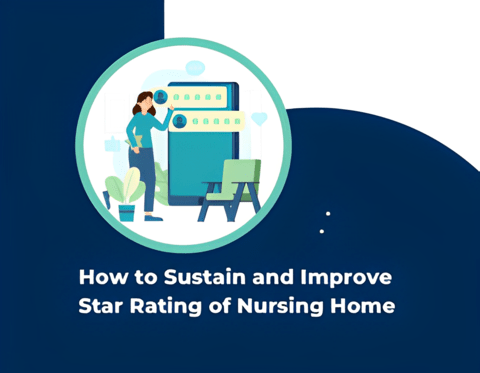When a nursing home or elder care facility experiences staffing issues due to attrition or the inability to hire quality talent matching the job role, it means that they are facing challenges in maintaining an adequate and competent workforce. This can have several implications for the facility and the quality of care provided to the residents.
Here are some key points related to this issue:
1. Attrition
Attrition refers to the natural turnover of staff due to retirement, career changes, or personal reasons. Nursing homes often face higher attrition rates due to the demanding nature of the work, burnout, and the aging workforce. When experienced and knowledgeable staff members leave, it can create gaps in the workforce and result in a loss of institutional knowledge.

2. Inability to Hire Quality Talent
Nursing homes may struggle to attract and hire quality talent for various reasons. This could be due to a shortage of qualified individuals in the job market, competition from other healthcare facilities, low compensation and benefits, negative perceptions of the industry, or challenges in finding individuals who are a good fit for the specific job requirements and the culture of the facility.

3. Impact on Resident Care
Staffing shortages and a lack of qualified personnel can significantly impact on the quality of care provided to the elderly residents. Insufficient staffing levels can lead to increased workload and stress for the remaining staff, potentially resulting in reduced attention and compromised care. It can also lead to delays in response times, inadequate supervision, and decreased availability of specialized services.

There are some ways on how to solve it
1. Retention initiatives
Focus on retaining current staff by creating a positive and supportive work environment. Offer competitive compensation and benefits packages, provide opportunities for professional growth and advancement, and recognize and appreciate staff contributions. Regular communication, feedback, and recognition can help improve staff satisfaction and reduce attrition.
2. Recruitment Strategies
Develop a comprehensive recruitment strategy to attract qualified candidates. Utilize multiple channels for advertising job vacancies, such as online job boards, social media, local healthcare associations, and nursing schools. Highlight the unique aspects of your nursing home, such as specialized care programs, supportive work culture, and opportunities for career development.
3. Streamline Hiring Processes
Simplify and expedite the hiring process to avoid losing potential candidates. Review and optimize recruitment procedures, including application submission, screening, interviewing, and reference checks. Minimize delays and ensure prompt communication with applicants throughout the hiring process.
4. Recruitment and Applicant Tracking System
Develop a software system that streamlines the recruitment process, allowing the nursing home to efficiently advertise job openings, receive applications, and track candidate progress. This system can automate applicant screening, facilitate interview scheduling, and assist in identifying suitable candidates.
5. Skill Matching Algorithm
Create an algorithm that matches the required skills and qualifications of the job roles with the skills possessed by the applicants. This algorithm can help identify the best candidates for specific positions, ensuring a better fit between the talent and the job requirements.
Solutions for Nursing Home Staffing Issues Through Software Automation
1. Applicant Screening and Evaluation
Develop an automated system that screens and evaluates applicants based on predefined criteria. This system can use artificial intelligence algorithms to analyze resumes, assess qualifications, and shortlist candidates who meet the job requirements. By automating the initial screening process, you can save time and effort in reviewing numerous applications.
2. Job Posting and Recruitment Platforms
Create software that automatically posts job openings on various online platforms, such as job boards and social media sites. This automation can help reach a broader audience and attract a larger pool of potential candidates. Additionally, the software can collect applications, sort them, and notify recruiters of new candidates.
3. Performance Monitoring and Feedback
Implement software that automates the monitoring and tracking of employee performance. This system can collect data on key performance metrics, such as attendance, productivity, and customer satisfaction. It can generate reports and provide feedback to employees and managers, identifying areas for improvement and recognition.
Conclusion:
Software development and automation can play a significant role in addressing staffing issues in nursing homes and elder care facilities. By implementing recruitment and applicant tracking systems, skill matching algorithms, and performance monitoring software, these facilities can streamline their hiring processes, attract qualified candidates, and ensure better matching of talent with job requirements. Automation can also simplify administrative tasks, such as scheduling, timekeeping, and onboarding, freeing up staff time and reducing manual effort. However, it's important to remember that custom software development alone is not a complete solution. It should be accompanied by retention initiatives, effective recruitment strategies, and a focus on creating a positive work environment to improve staff satisfaction and reduce attrition rates. Balancing technology with human interaction and addressing underlying issues will ultimately lead to a more sustainable and effective solution to staffing challenges in nursing homes.







